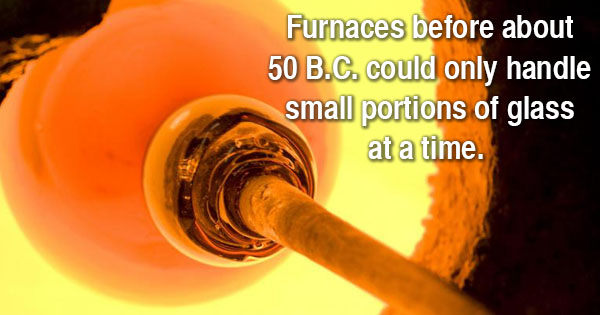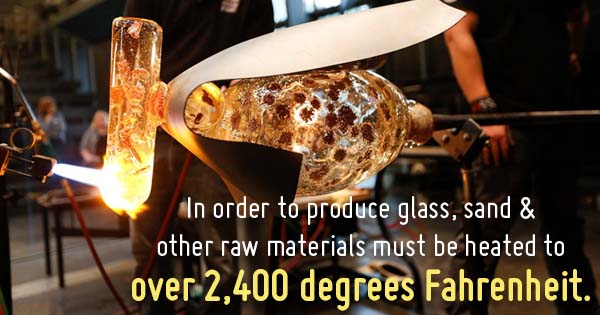The Evolution of Glass Sculpture in Ancient Rome
November 22, 2016
 Contemporary glass art as we know it owes a lot to the Ancient Romans. The invention of glass blowing itself, which is now one of the most common methods for creating glass sculptures, coincided with the dawn of the Roman Empire in the first century B.C. The opportunities for exchange and the culture of artistic exploration helped fuel the spread and dominance of this new technology, eventually leading to the rich world of modern glass art in the 21st century.
Contemporary glass art as we know it owes a lot to the Ancient Romans. The invention of glass blowing itself, which is now one of the most common methods for creating glass sculptures, coincided with the dawn of the Roman Empire in the first century B.C. The opportunities for exchange and the culture of artistic exploration helped fuel the spread and dominance of this new technology, eventually leading to the rich world of modern glass art in the 21st century.
Before the advent of glassblowing techniques, functional glass objects such as cups or vases might take days or weeks to create. Raw materials would first be melted down by a glassmaker, who would then break the glass down into small pieces and ship it off to glassworkers, who would then be charged with shaping and molding the glass.
Furnaces before about 50 B.C. could only handle small portions of glass at a time. As such, glass sculptures were widely regarded as precious, expensive goods. But new inventions allowed for larger furnace tanks that then enabled more glass to be handled at one time. Glass became not only more common, but more innovative, as workers could experiment with new techniques without risking losing valuable profits.
Around this time, the first glassblowing methods were used — most likely in Phoenicia, a Roman-controlled part of modern-day Lebanon. Glassworkers discovered that they could shape molten glass by blowing air into it from the end of a long pipe. This method is still frequently used to create unique glass sculptures and objects today.
Additionally, the vast expanse of the Roman Empire itself allowed for a broad exchange of goods, ideas, and trade. Rome’s rule at this time expanded from modern-day Portugal to Turkey and from the Netherlands to Tunisia. Roman glass not only had a large potential market for circulation, but the methods and practices themselves spread throughout the lands and helped to establish cultures of artistic glass-making that have evolved through the ages.
Remarkably, many Ancient Roman glass objects can still be seen in museums and galleries today. Highly intricate and detailed cups, boxes, and vases offer a glimpse of what glass art was like back in Roman times, and offers evidence of how important this lineage remains to artists today.



